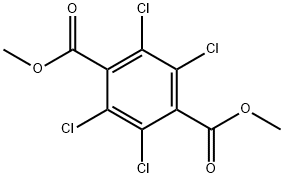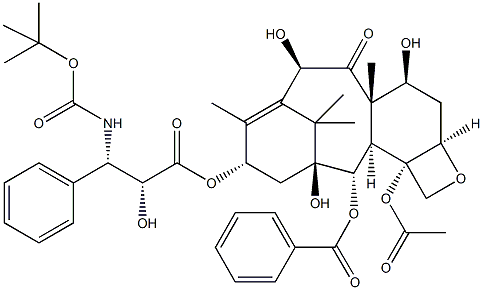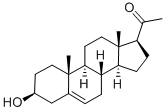S711480
Dihydromyrcenol , ≥99% , 18479-58-8
Synonym(s):
GTX 2&3
CAS NO.:18479-58-8
Empirical Formula: C10H20O
Molecular Weight: 156.27
MDL number: MFCD00004474
EINECS: 242-362-4
| Pack Size | Price | Stock | Quantity |
| 1SAMPLE | RMB308.14 | In Stock |
|
| 1kg | RMB545.55 | In Stock |
|
| 4kg | RMB1916.23 | In Stock |
|
| others | Enquire |
Update time: 2022-07-08
PRODUCT Properties
| Boiling point: | 84 °C10 mm Hg(lit.) |
| Density | 0.784 g/mL at 25 °C(lit.) |
| vapor pressure | 20Pa at 25℃ |
| refractive index | n |
| Flash point: | 170 °F |
| pka | 15.31±0.29(Predicted) |
| form | liquid |
| color | A colourless viscous liquid. |
| Odor | at 100.00 %. fresh citrus lime floral clean cologne weedy |
| Odor Type | citrus |
| biological source | synthetic |
| Water Solubility | 939mg/L at 20℃ |
| Cosmetics Ingredients Functions | FRAGRANCE PERFUMING |
| LogP | 3.25 at 40℃ |
| CAS DataBase Reference | 18479-58-8(CAS DataBase Reference) |
| NIST Chemistry Reference | 7-Octen-2-ol, 2,6-dimethyl-(18479-58-8) |
| EPA Substance Registry System | Dihydromyrcenol (18479-58-8) |
Description and Uses
Dihydromyrcenol is used in the fragrance industry for its fresh lime and citrus-like odor.
Dihydromyrcenol is a fragrance ingredient used in cosmetics, fine fragrances, shampoos, toilet soaps, and other toiletries as well as in non-cosmetic products such as household cleaners and detergents. Its worldwide use is greater than >1000 metric tons per year (IFRA, 2004). A colorless, somewhat viscous liquid that is a mixture of approximately 50% 2,6-dimethyl-7-octen-2-ol and 50% 2,6-dimethyl-7-octen-2-yl formate. It has apparently not been reported to occur in nature.
Safety
| Symbol(GHS) |  GHS07 |
| Signal word | Warning |
| Hazard statements | H315-H319 |
| Precautionary statements | P264-P280-P302+P352-P305+P351+P338-P332+P313-P337+P313 |
| Hazard Codes | Xi |
| Risk Statements | 36/37/38-36-36/38 |
| Safety Statements | 26-36/37 |
| WGK Germany | 1 |
| RTECS | RH3420000 |
| Toxicity | The acute oral LD50 value in rats was reported as 5.3 g/kg (4.5-6.1 g/kg) (Moreno, 1972). The acute dermal LD50 value in rabbits exceeded 5 g/kg (Moreno, 1972) |




